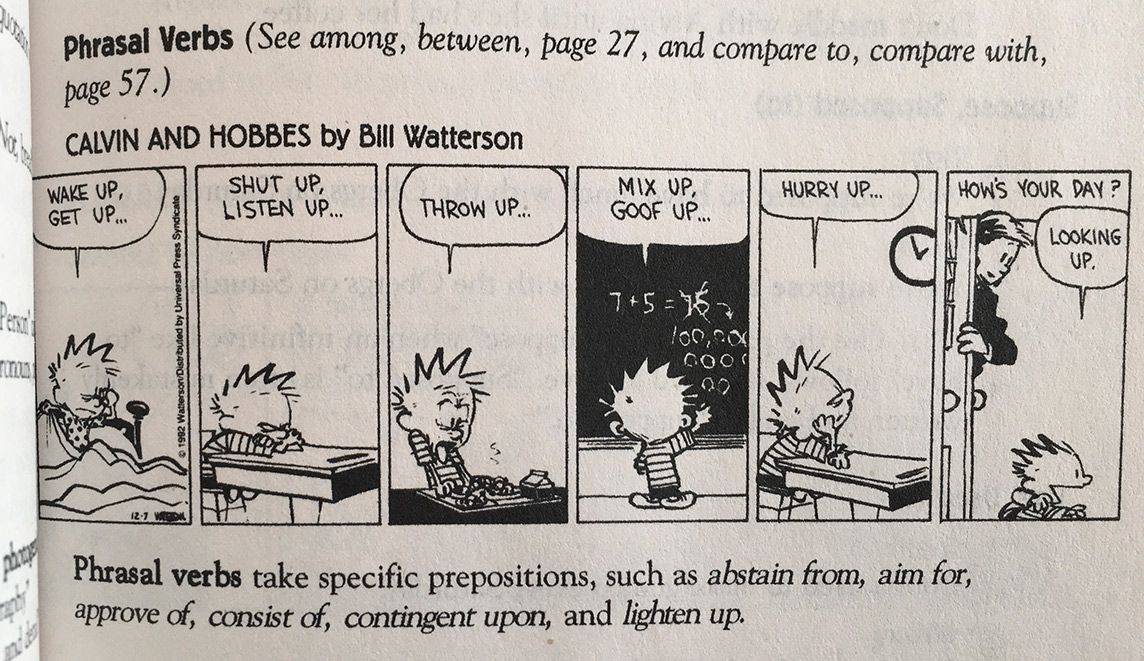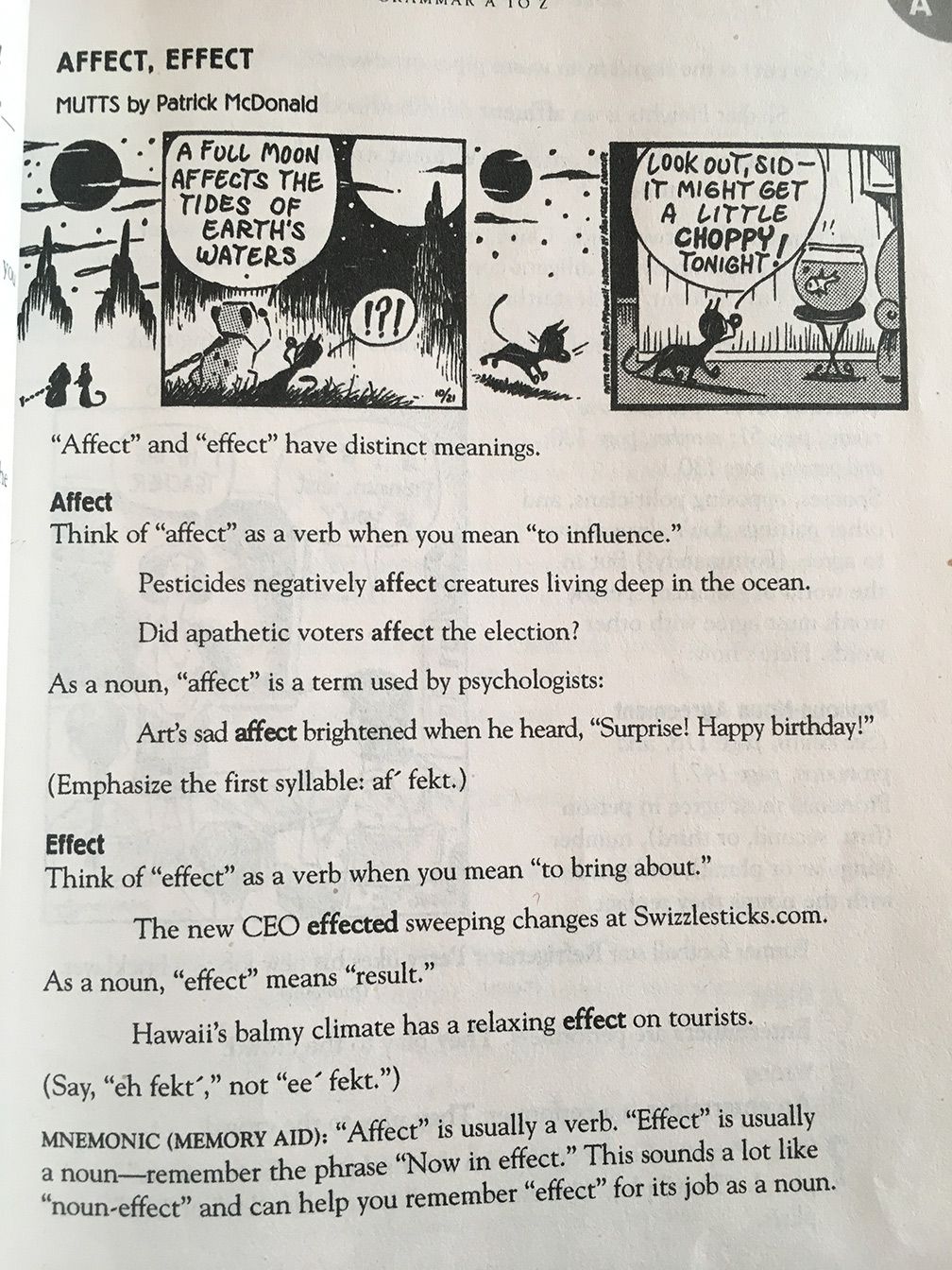My language arts spackle: Nitty-Gritty Grammar
I like to reach for this handy grammar reference, whether it's to fill a gap in our day, or one in my daughter's understanding.

Our language arts learning has a lot of parts these days. Each day, I reach for one of a variety of language arts lessons, which I've covered here before:
- Spelling analysis
- Vocabulary, grammar, writing, or poetics via Michael Clay Thompson
- Academic writing via lessons I've created à la The Writing Revolution
- Wanda doing her own creative writing thing
But some days, none of those fit the bill, and I have a gap in our language arts slot. Maybe I'm not adequately prepared, or Wanda's bandwidth has been eaten up by something else and she needs something light, or I'm having an off day. We do best when we keep to our day's normal rhythm, so I don't like to skip language arts if I can help it.
Or maybe the gap I'm filling isn't a time gap, but an understanding gap. Every now and then I think of an important grammar concept that hasn't yet been addressed by our other language arts curricula.
For either kind of gap, I like to reach for my language arts spackle: a handy little book called Nitty-Gritty Grammar.

There are actually two Nitty-Gritty Grammar books: the original, and More Nitty-Gritty Grammar, which is the one we own. As far as I'm aware, More... covers everything in the original, so I don't believe you need the first one. I think of More... as a greatly improved 2nd edition of Nitty-Gritty Grammar. (If I have that wrong, please let me know.)
More Nitty-Gritty Grammar is a paperback reference book that has wonderful little write-ups on just about any little grammar question, rule, quibble, quirk, or curiosity you can think of. The explanations are clear, and are often paired with fun examples from a bunch of popular syndicated comic strips (including Wanda's favorites: Calvin & Hobbes and The Far Side). The book is organized in alphabetical order, with a thorough index if you're not sure exactly where to find your issue.

I'm always catching Wanda reading this book, for the comic strips. She's bound to accidentally learn a thing or two along the way, I figure.
To use as spackle: reach for More Nitty-Gritty Grammar and choose an entry. I'll often read the entry to myself, and then turn the content into a lesson/conversation Wanda and I have at the whiteboard (reading Why Don't Students Like School? has given me a superb foundation for whipping up effective lessons on the fly). I wrap the lesson up by going back to the book and reading the entry together with her.
A recent example was a lesson on affect/effect, two words that even the most seasoned of native English speakers mix up.

I usually end these lessons on grammar details with this coda:
We care about these little grammar details, because they help our meaning be more clear, and sometimes if we're not careful—rarely, but sometimes—a grammar mistake will change our meaning into something we didn't intend.
You will mix this up. Hopefully less often now that we've learned, but it'll happen. It happens to everyone. Don't beat yourself up.
Others will mix this up. As long as you're able to understand what they meant, please don't fixate on their goof-up; keep your focus on the content of what they're saying. The point of language is sharing ideas, not getting hung up on little mistakes.


